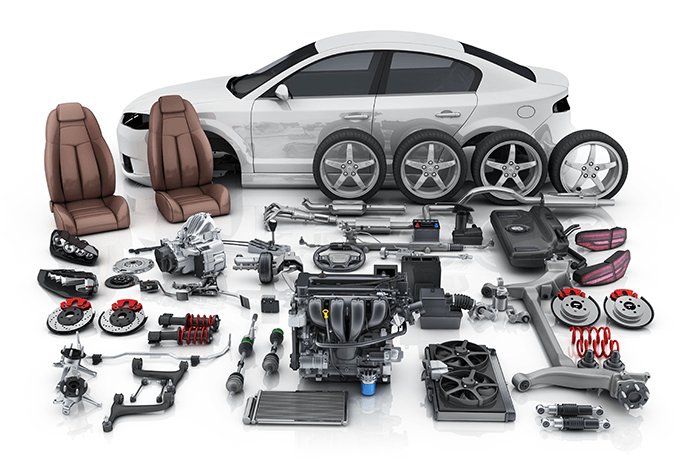Lidar, short for Light Detection and Ranging, is a powerful technology that uses lasers to measure distance. Unlike radar that uses radio waves, lidar relies on light pulses, enabling it to create highly detailed, three-dimensional maps of its surroundings. This article explores how lidar scanners work, their applications, and their growing impact on various industries.
How Does a Lidar Scanner Work?
Imagine a lighthouse rapidly spinning its beam. A lidar scanner operates on a similar principle. It emits pulsed laser beams and measures the time it takes for the light to bounce off objects and return to the scanner. By calculating the time difference, the scanner determines the distance to each point the laser struck. As the scanner rotates or pivots, it collects millions of distance measurements, building a precise 3D point cloud of the environment.
Applications of Lidar Scanners
Lidar’s ability to generate accurate 3D models has revolutionized numerous fields. Here are some prominent applications:
- Autonomous Vehicles: Self-driving cars rely on lidar to perceive their surroundings. The 3D data helps them navigate roads, detect obstacles, and avoid collisions.
- Surveying and Mapping: Lidar scanners mounted on drones or vehicles can efficiently map vast areas, creating detailed terrain models for construction planning, land development, and environmental monitoring.
- Robotics: Lidar equips robots with the ability to navigate complex environments, sense objects, and perform tasks more precisely in applications like search and rescue or industrial automation.
- Archaeology: Lidar can reveal hidden features beneath the surface of the ground, aiding archaeologists in uncovering ancient structures and artifacts.
- Agriculture: Farmers can leverage lidar data to create precise elevation maps of their fields, optimizing irrigation and improving crop yield.
The Future of Lidar Scanners
Lidar technology is rapidly evolving, with advancements in laser sources, scanning mechanisms, and data processing algorithms. As lidar sensors become more compact and affordable, we can expect even broader applications in areas like:
- Indoor Mapping: Detailed 3D maps of buildings can improve navigation for visually impaired individuals and optimize space utilization.
- Disaster Management: Lidar can be used to assess damage after natural disasters, facilitating faster response and recovery efforts.
- Virtual Reality: High-fidelity 3D scans captured by lidar can create immersive virtual environments for gaming, training simulations, and architectural design https://20-top.com/.
Lidar scanners are transforming the way we perceive and interact with the world around us. Their ability to create intricate 3D representations holds immense potential for various industries, making them a key technology shaping the future of spatial data acquisition and analysis.




![Captivating Charm: A [Number]-Bedroom House Awaits Captivating Charm: A [Number]-Bedroom House Awaits](https://img.freepik.com/free-photo/shiny-gemstone-necklace-reflects-nature-wet-beauty-generated-by-ai_188544-21354.jpg?t=st=1709550823~exp=1709554423~hmac=39c2153149e7b59e761b8ebead490236ce5acf696e67f65d5d7afd3d1121c4bd&w=826)